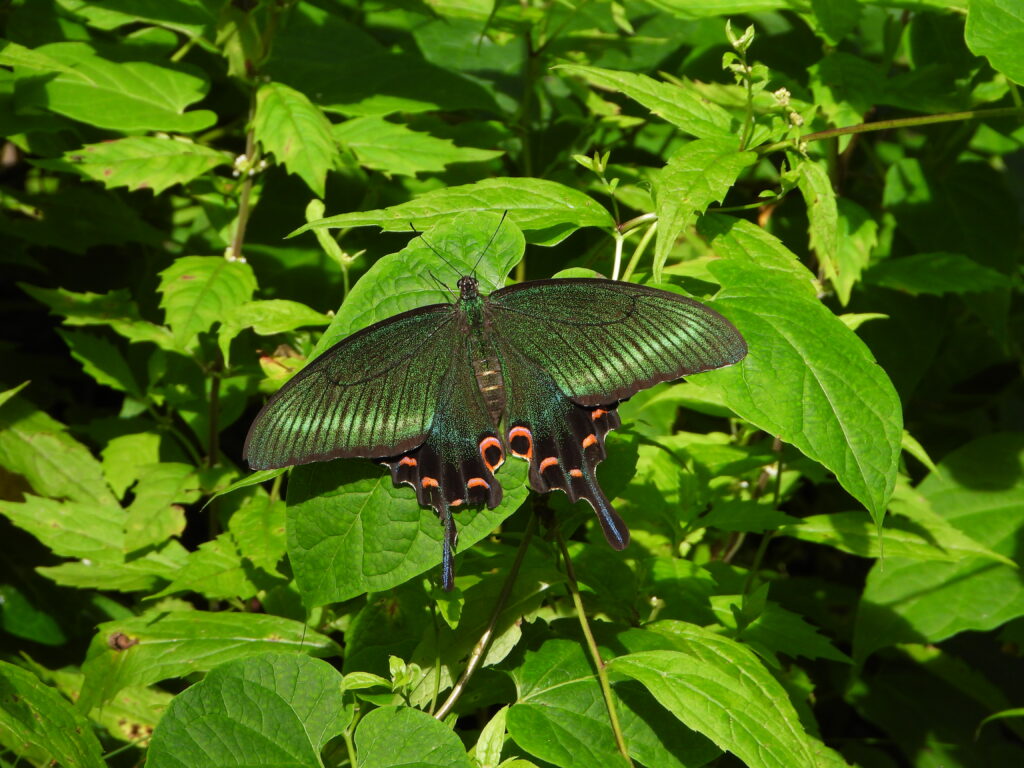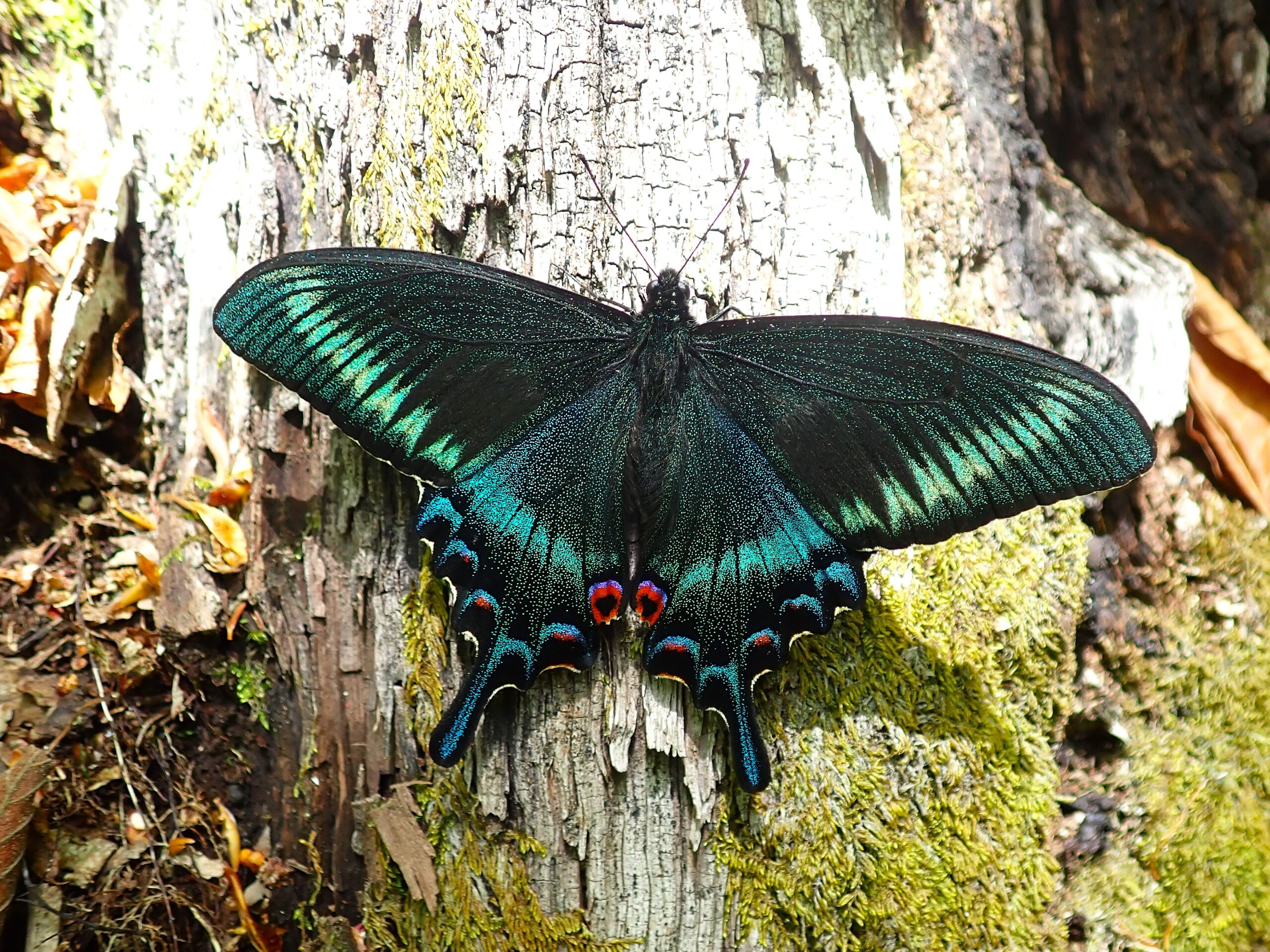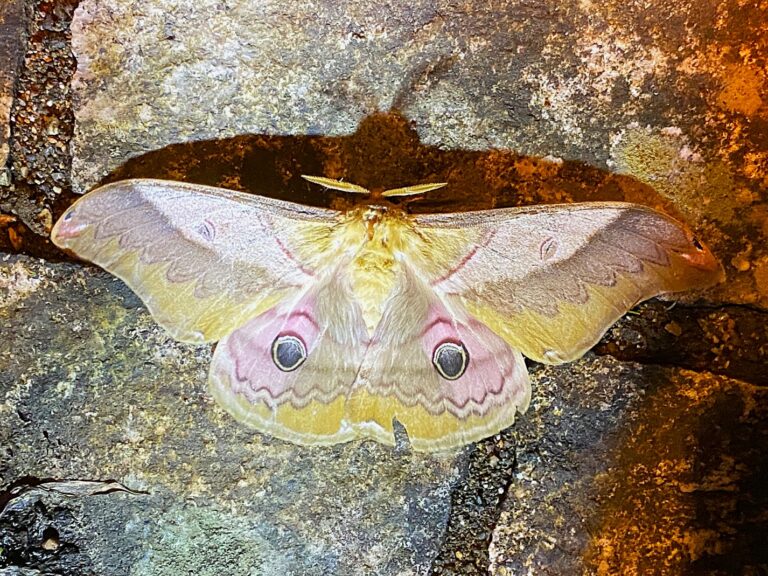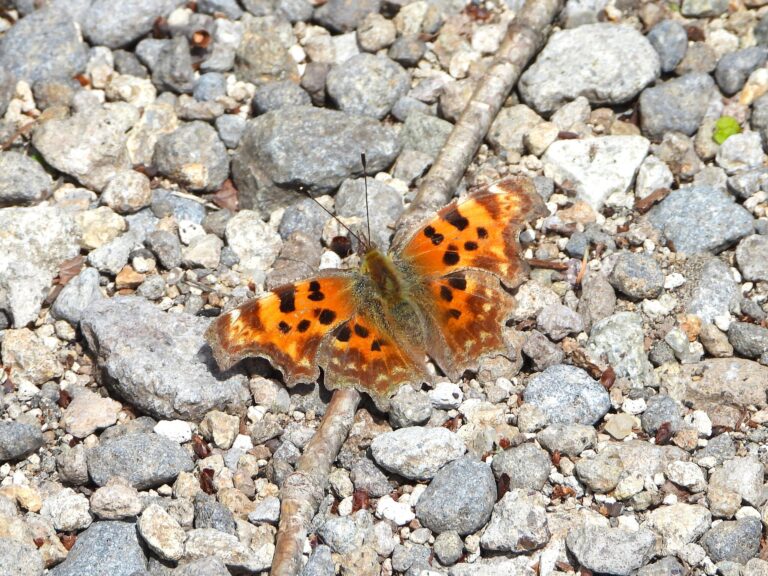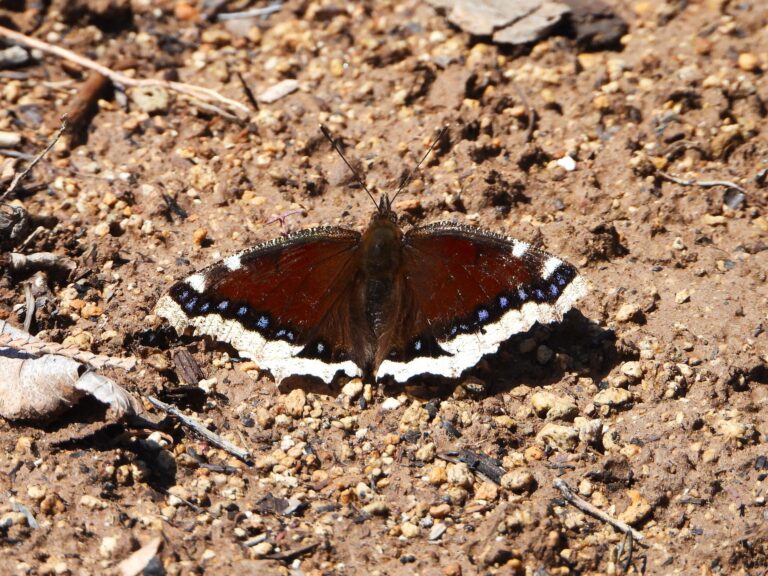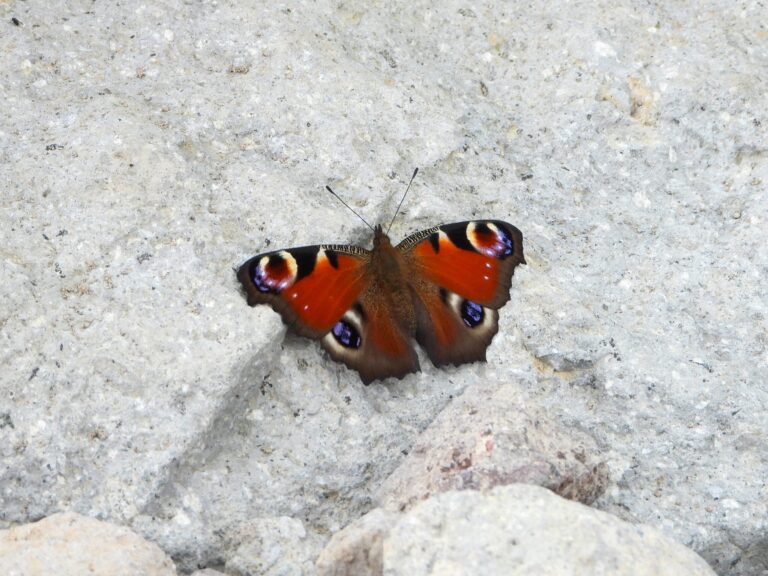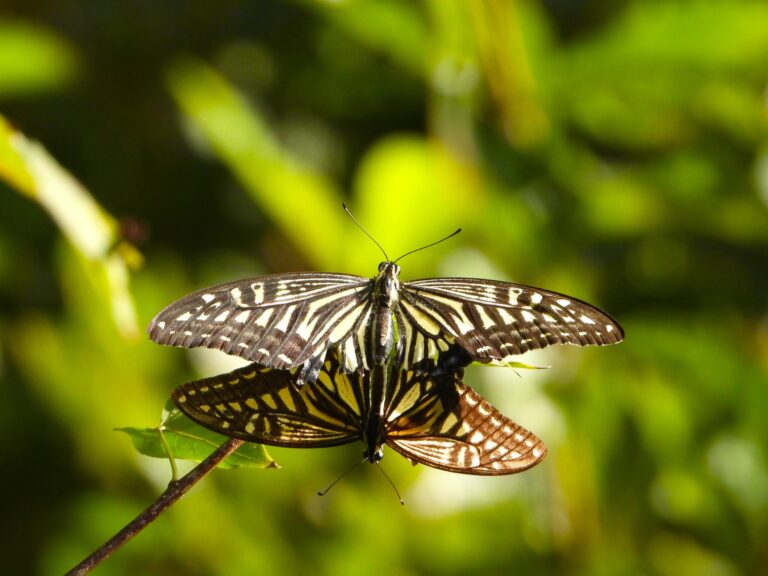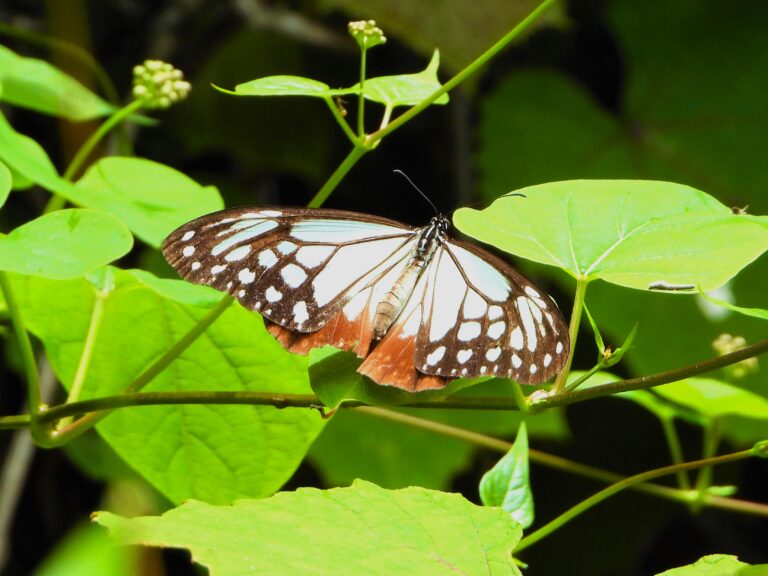Maack’s Swallowtail (Papilio maackii) – Wildlife of Japan
Introduction
Maack’s Swallowtail (Papilio maackii), also known as the Alpine Black Swallowtail, is one of Japan’s most dazzling butterflies. Famed for its metallic blue-green iridescence that flashes like a jewel in mountain light, it frequents forest edges, riversides, and flower-rich clearings from spring through late summer.
Appearance
A large swallowtail with roughly 80–110 mm wingspan, black ground color overlaid with green-to-blue iridescent scaling. Hindwings bear a row of red-orange submarginal spots and short tails. Sexes are similar; males usually show stronger metallic iridescence, while females can display broader shimmering areas and prominent submarginal spots.
It is sometimes confused with the closely related Karasuageha (Papilio dehaanii). Compared with this species, Maack’s Swallowtail shows a much stronger blue-green iridescence and more vivid red spots on the hindwings, while Karasuageha tends to appear darker, with less pronounced shine, and is often found in lower-elevation habitats.
Habitat
Widespread from Hokkaido to Kyushu (southern limit around Yakushima). It favors clean streams, woodland edges, sunny forest roads, and upland valleys where flowers and damp ground are available.
Behavior
Adults are strong, purposeful fliers that visit azaleas, chestnut blossoms, and other nectar sources. Males are frequently observed engaging in puddling on damp ground to absorb minerals. Hilltopping along ridges is also reported in spring.
Season: chiefly May–September nationwide. In warmer areas there are usually two broods (roughly April–May and July–August).
Diet
Larvae feed on Rutaceae, especially Japanese prickly-ash (Zanthoxylum ailanthoides), Japanese pepper (Z. piperitum), Orixa japonica, and Amur cork tree (Phellodendron amurense). Adults nectar broadly in spring and summer.
Reproduction
Eggs are laid singly on host leaves. Larvae pass several instars before forming a stalk-attached pupa, which overwinters. In Japan, one to two generations occur per year depending on climate and elevation.
Conservation
The species is not threatened nationally, but it relies on intact forest mosaics, host trees, and clean riparian zones. Local pressures include habitat loss and degradation; conserving riverside woods and host plants supports populations.
Author’s Impression
I often encounter this butterfly puddling at ponds, puddles, or patches of damp ground. Sometimes a single male absorbs minerals quietly, but at times dozens gather together. The shimmering wings clustered around a wet patch create a breathtaking spectacle that is among the most impressive sights of summer.
